A Complete Guide to Fiber Optic Cables: From Basics to Installation
Fiber optic cables have transformed the way we connect to the internet, transmit data and build communication networks. In today’s digital world, especially in a fast-growing tech hub like Dubai, having a strong, reliable and high-speed connection is more important than ever. This blog gives you a complete guide to fiber optic cables, starting with the basics and moving all the way to how they are installed. Whether you are a business owner, IT manager or just someone interested in how fiber optics work, this article will help you understand everything you need to know. By the end, you will see why fiber optic cables are the future of connectivity and how CableZone Technology can help you with top-quality fiber cable solutions in the UAE.
What Are Fiber Optic Cables?
Fiber optic cables are high-performance cables used to transmit data using light signals. They are made of very thin strands of glass or plastic, which carry light over long distances. Because they use light instead of electricity, they are much faster and more reliable than traditional copper cables.
Belden cables are specially designed to carry data, video, and audio signals over long distances without loss or interference. These cables are trusted in fields like:
Main Components:
- Core: The inner part where light travels.
- Cladding: Reflects light back into the core to keep the signal strong.
- Coating: Protects the core and cladding from damage.
- Strengthening layer: Adds protection during installation and use.
- Outer jacket: Shields the cable from external conditions.
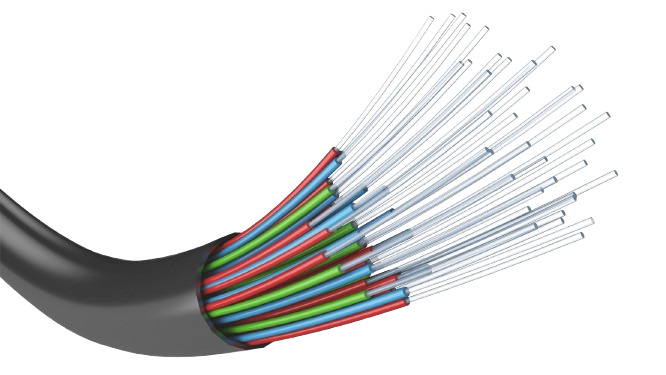
Why Fiber Optic Cables Are Better Than Copper
Fiber optic cables are not just an upgrade; they are a completely different way of transmitting data. Here’s why they are becoming more popular in Dubai and around the world.
Key Advantages:
- Faster Speed: Light moves faster than electricity.
- Longer Distance: Signals don’t weaken as much over long distances.
- Higher Bandwidth: Can carry more data at once.
- Less Interference: Not affected by electromagnetic noise.
- Better Security: Harder to tap without detection.
- Durability: More resistant to weather and wear.
Types of Fiber Optic Cables
Understanding the different types of fiber cables helps you choose the right one for your needs.
1. Single-Mode Fiber (SMF)
- Transmits one light signal at a time.
- Used for long-distance connections (up to 100 km).
- Common in telecom and internet backbones.
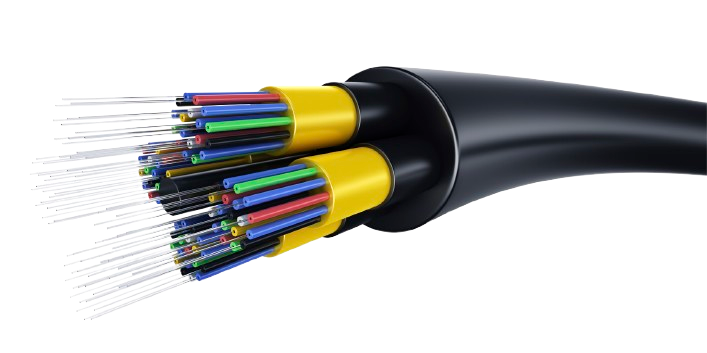
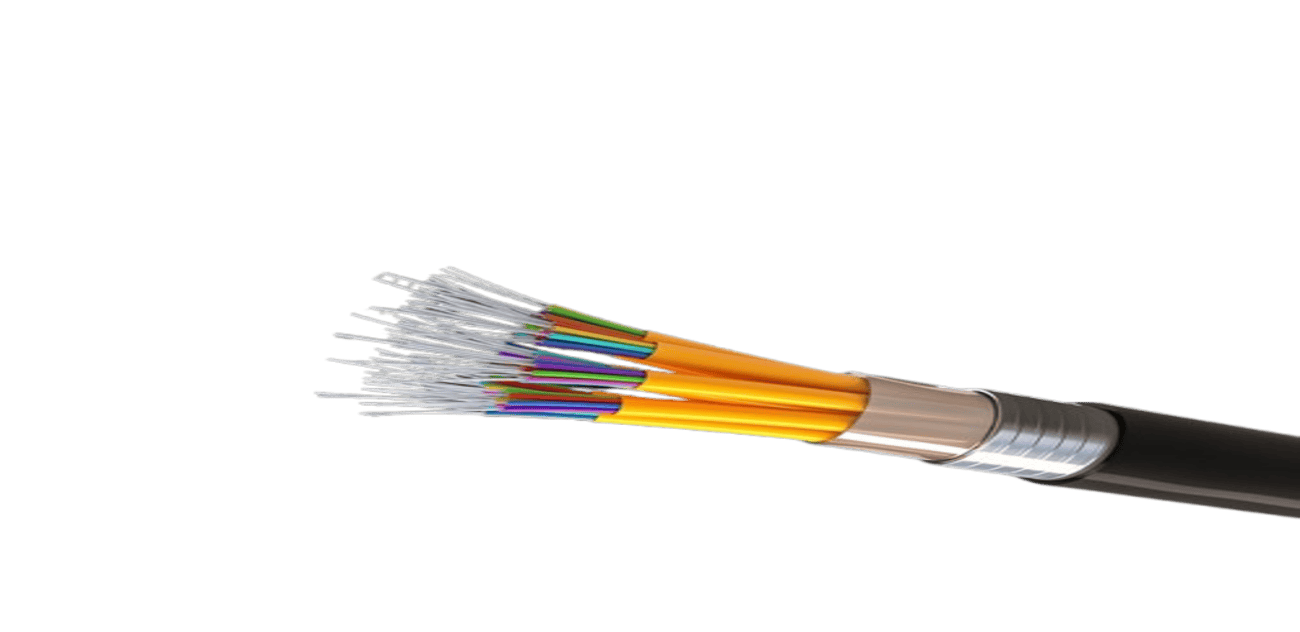
2. Multi-Mode Fiber (MMF)
- Transmits multiple light signals at once.
- Best for short-distance uses (up to 2 km).
- Ideal for office buildings, campuses, and data centers.
Where Are Fiber Optic Cables Used?
In Dubai and across the UAE, fiber optic cables are now common in many sectors:
- Telecommunications: Internet, phone and TV providers.
- Corporate Networks: Fast and secure business connections.
- Industrial Areas: For controlling machinery and smart systems.
- Smart Cities: Used in traffic systems, surveillance and IoT applications.
- Residential Buildings: Fiber to the Home (FTTH) for high-speed internet.
Fiber Optic Cable Installation: Step-by-Step
Installing fiber optic cables requires planning and skilled professionals. Here’s a simple breakdown of how the process works:
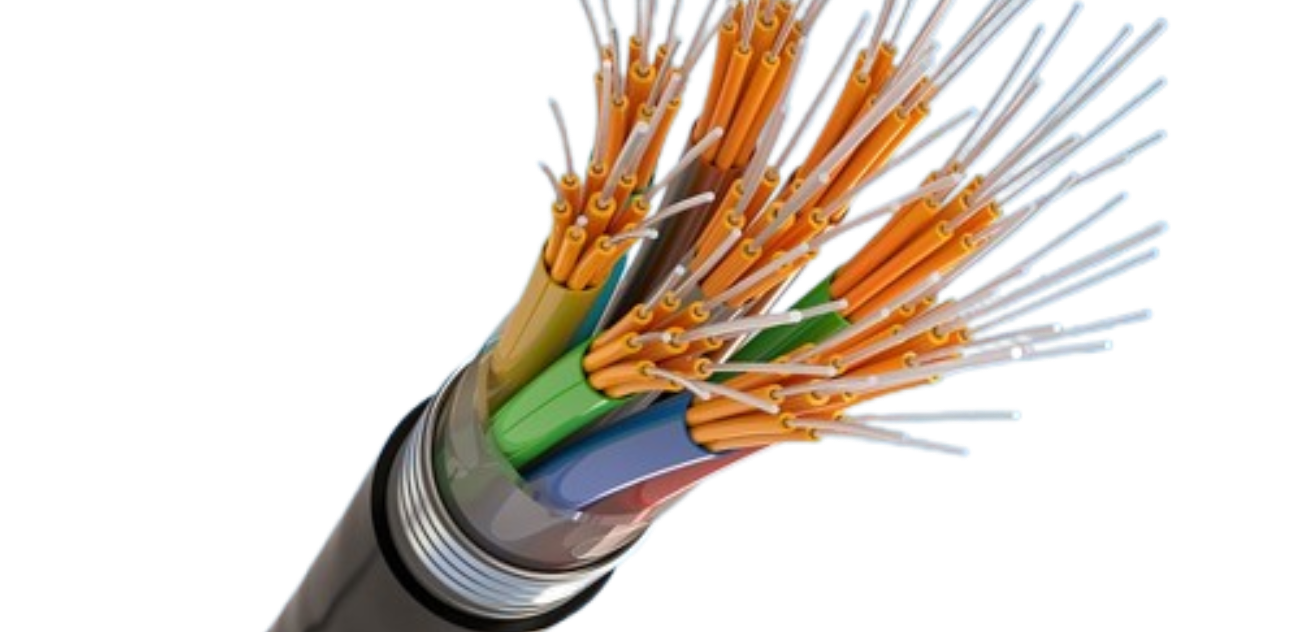
1. Site Survey and Planning
Before installation, technicians assess the building or location. They create a layout plan for where the cables will run.
2. Choosing the Right Cable Type
Based on your needs, speed, distance and environment, they select the correct cable (single-mode or multi-mode).
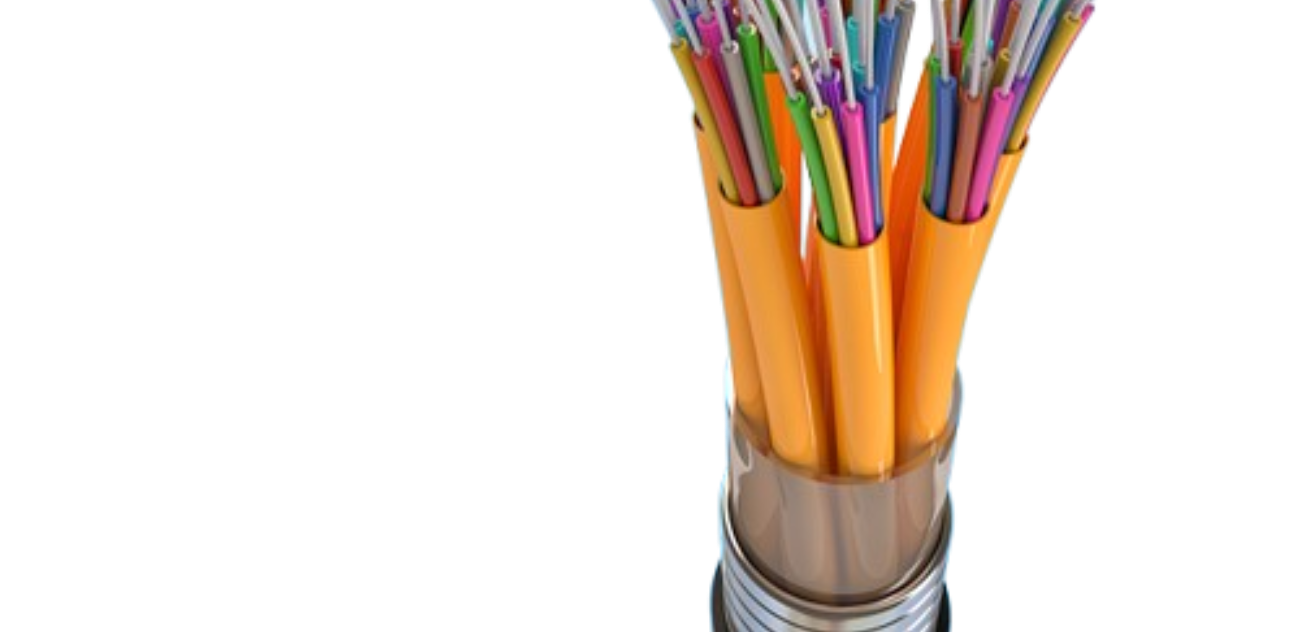
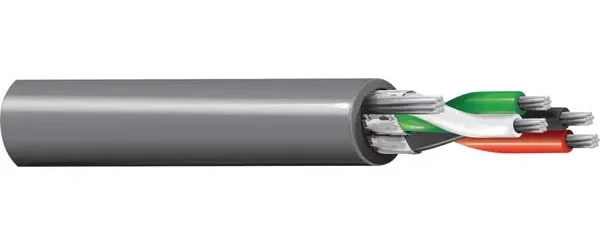
3. Laying the Cable
Cables are carefully laid through underground ducts, ceilings or wall-mounted trays. In outdoor areas, they are protected with armored jackets.
4. Splicing or Connecting
Two fiber cables are joined using fusion splicing (melting fibers together) or mechanical splicing (using connectors).
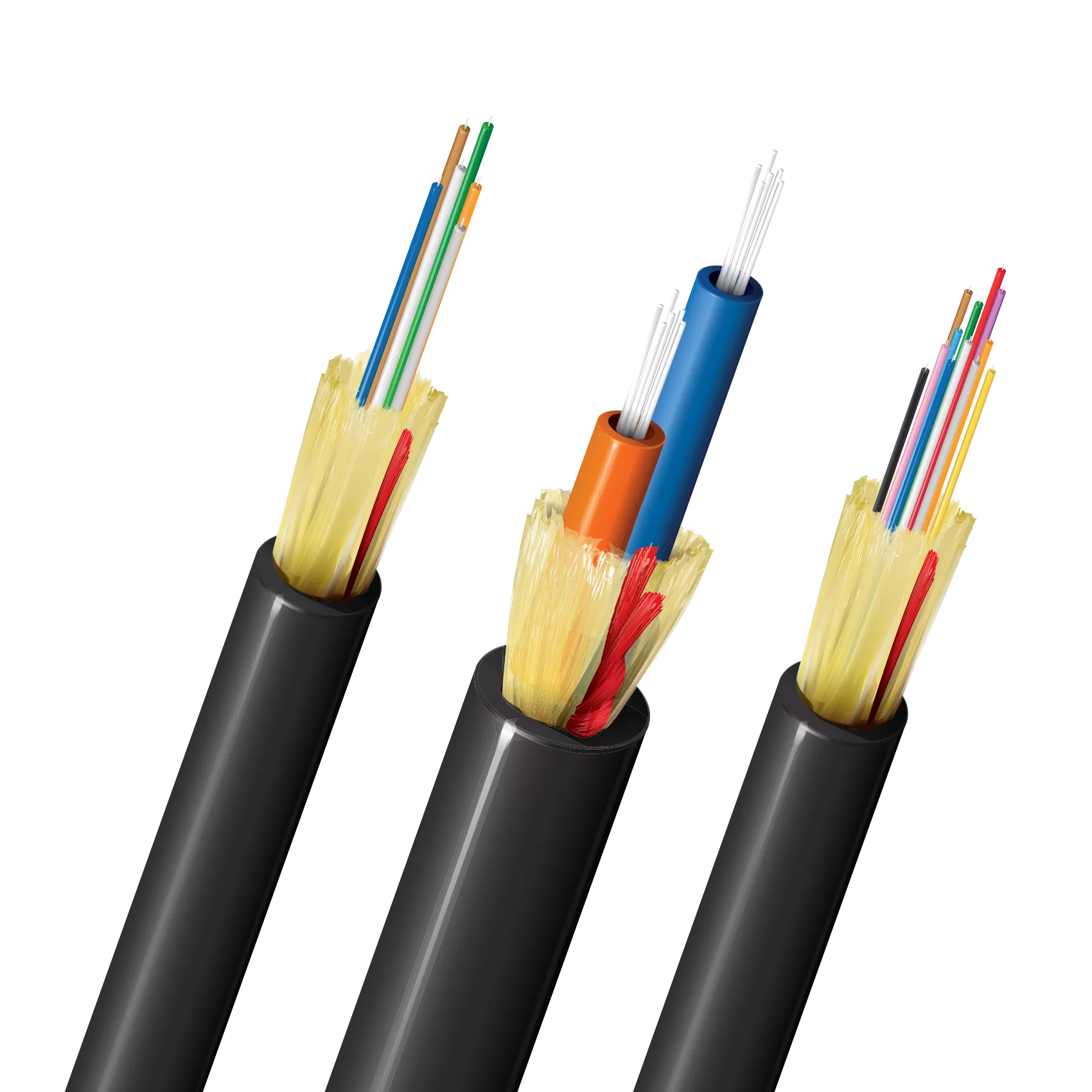

5. Testing the Connection
Technicians use tools like OTDR (Optical Time-Domain Reflectometer) to check signal strength, speed and any issues.
6. Securing and Labeling
Once installed and tested, the cables are secured in place and labeled for easy maintenance.

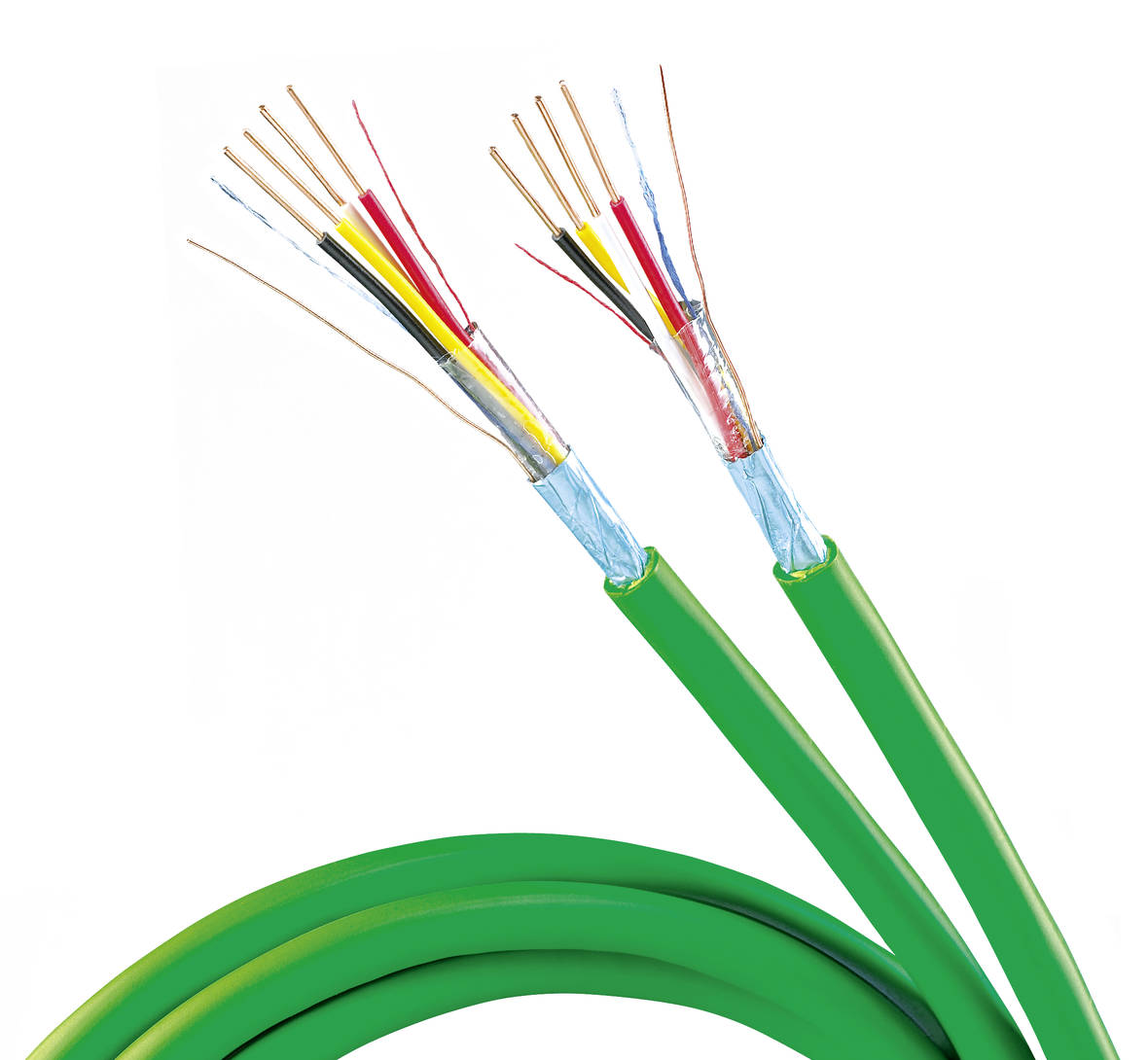
Challenges in Fiber Optic Installation (And How to Overcome Them)
Common Challenges:
While fiber optics offer many benefits, their installation must be handled with care.
- Cable Damage: Bending or pulling can break the fiber.
- Dust or Dirt: Can interfere with light transmission.
- Poor Splicing: Causes signal loss.
- Wrong Cable Type: Leads to performance issues.
How to Avoid These Problems:
- Hire certified professionals.
- Use high-quality cables.
- Test thoroughly after installation.
- Schedule regular maintenance.
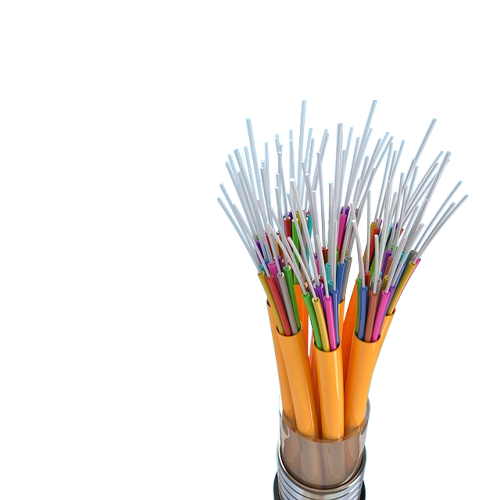
Fiber Optic Standards and Compliance in the UAE
Dubai has strong telecom and infrastructure regulations. The Telecommunications and Digital Government Regulatory Authority (TDRA) sets standards for fiber optic installations. Developers and companies must ensure their networks follow these standards, especially in commercial and government projects.
Working with a company that understands these local requirements is crucial. It ensures your systems are safe, reliable and future-proof.
Trends in Fiber Optics: What’s New in 2025?
Dubai is leading the way in smart technologies, and fiber optics are the backbone of these changes. Here are a few current trends:
1. 5G Expansion
Fiber optic cables are essential for supporting 5G towers and data centers.
2. Smart Buildings
Fiber enables high-speed connectivity for smart lighting, HVAC, security, and automation systems.
3. IoT Growth
From smart homes to smart factories, fiber supports the huge amount of data IoT devices generate.
4. Green Data Centers
As sustainability becomes a priority, fiber’s efficiency makes it perfect for low-energy, high-performance data centers.
How to Choose the Right Fiber Optic Supplier in Dubai
What to Look For:
If you are planning a fiber optic project, choosing the right supplier is just as important as the product itself.
- Certified and experienced professionals
- Wide range of fiber cables
- Custom installation and support
- Knowledge of local regulations
- Post-installation maintenance services
Conclusion
In a nutshell, fiber optic cables are more than just a modern upgrade as they are the foundation of high-speed, future-ready networks. From homes to industries, and startups to government projects, fiber optics are now essential across the UAE.
Knowing the basics of how fiber cables work, their types, installation process and benefits helps you make smart choices for your connectivity needs. Whether you are building a new office in Dubai, upgrading your residential internet, or managing a smart infrastructure project, investing in fiber is a decision that brings long-term value.
At CableZone Technology, we provide high-quality fiber optic cables and complete installation services customized to the needs of businesses and individuals in the UAE. With years of experience and a strong commitment to quality, we help you stay connected fast, secure and ahead of the curve. To learn more or discuss your project requirements, simply reach out to our team today.
Quick Links
What we offer
- Commercially competitive prices
- Reliable & consistent quality
- Reliable & timely delivery
- A targeted stocking policy
- Technical support for Projects
Contact
- Shop No. S61 Ahmed Mohammed Baghlaf, Naif, Deira, Dubai, UAE
- +971 55 418 5686
- +971 4 558 4670
- cablezonetech@gmail.com
- sales@cablezonetechnology.com
Copyright © 2025 Cable Zone | All Rights Reserved. Powered by DEDOTE
